Announcements

AAF & OA+D: Bid To Help Good Causes
This year, the Arizona Architecture Foundation has partnered with Organic Architecture + Design Archives to bring you a top-tier selection of silent auction items as part of the 43rd Annual Arizona Architecture Foundation Memorial Golf Tournament. The event will take place at the newly renovated Papago Golf Course in Phoenix, Arizona on Thursday, October 9, 2025.
Featured items include:
• Old Rip Van Winkle Handmade Bourbon
• Weller The Original Wheated Bourbon
• Jack Daniel’s Single Barrel Select
• Hardin’s Creek Golden Origins
• Blanton’s The Original Single Barrel Whiskey
• 82ND AIRBORNE Straight Bourbon Whiskey
• Copy No. 172 B of Frank Lloyd Wright’s Wasmuth Portfolio printed by Horizon Press.
The auction is now live and open until Thursday, October 9, 2025, at 5:00 PM. All auction items will be on display at the 19th Hole BBQ following tournament play.
A portion of the funds raised will be shared by both organizations, so bid boldly, give generously, and make a lasting impact. Good luck!
The Headlines
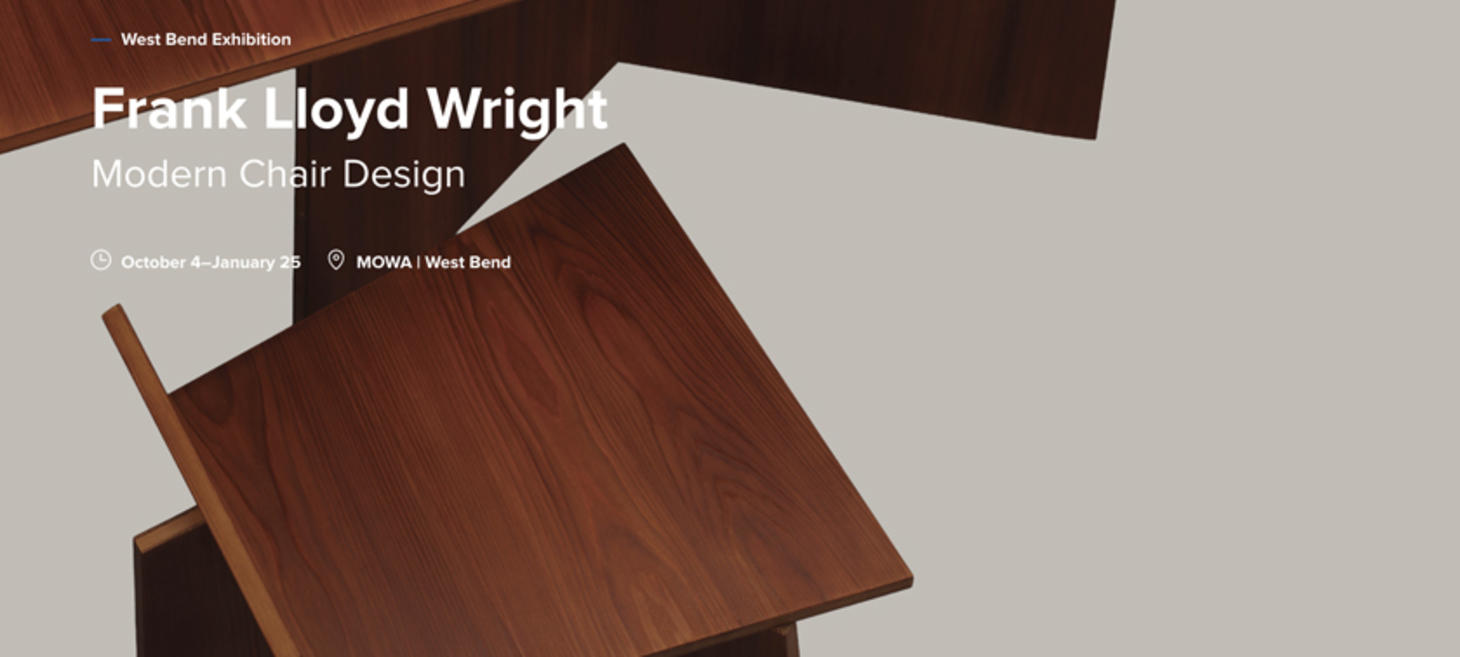
Frank Lloyd Wright: Modern Chair Design
The Museum of Wisconsin Art (MOWA), 205 Veterans Ave., West Bend, Wisconsin, will present "Frank Lloyd Wright: Modern Chair Design," an exhibition that highlights Wright’s groundbreaking approach to furniture design, from Oct. 4 through Jan. 25.
"Framing his furniture within a broader context of design history and American modernism, this exhibition highlights Wright’s visionary belief that chairs must be understood as living designs in addition to being extensions of the built environments for which they were created," said a release from MOWA. "Presenting over forty of Wright’s most significant domestic furniture pieces — many on view for the first time — as well as working sketches, archival photographs and animated renderings shed new light on Wright’s holistic approach to design."
The exhibition is is based on the research of architectural historian Eric Vogel, scholar-in-residence at the Taliesin Institute, whose work challenges the perception that Wright’s furniture was secondary to his architectural work.
"When Wright rebuilt Taliesin after two major fires, he paired the new architecture with significant new and unprecedented furniture forms that were rejected by his clients at the time for their unconventionality," Vogel said in the release. "MOWA has recreated several of these lost or never-produced works, offering the viewer a unique opportunity to experience these bold forms in person."
Through "Frank Lloyd Wright: Modern Chair Design," viewers will be able to take part in an experiential tour through Wright’s furniture experiments and learn how he fundamentally shaped furniture design while working inside the inspired spaces of his home and studio, according to the release.
"By viewing Wright’s furniture, specifically his chair designs, through the lens of Taliesin as a creative incubator, this exhibition reveals the experimental nature of his process and offers a fresh perspective on his architectural vision," MOWA Associate Curator of Architecture and Design Thomas Szolwinski said in the release. "In the wider history of exhibitions dedicated to Wright, this show marks an important moment of reexamination and rediscovery."
The "Frank Lloyd Wright: Modern Chair Design" will trace five distinct design periods between 1911 and 1959 to highlight innovative designs created at both Taliesin East in Wisconsin and Taliesin West in Arizona, and it will feature re-creations of lost or unbuilt original designs using the original drawings and archival materials. The re-creations were made in collaboration with three renowned woodworkers, including Wright’s great-grandson S. Lloyd Natof.
"The Museum of Wisconsin Art is delighted to contribute new research and conversations about this iconic figure in American architecture," Laurie Winters, MOWA’s James and Karen Hyde executive director, said in the release.
Ahead of the exhibition’s premiere at MOWA, the museum will announce a series activities, lectures and tours related to "Frank Lloyd Wright: Modern Chair Design," which will debut Oct. 4.
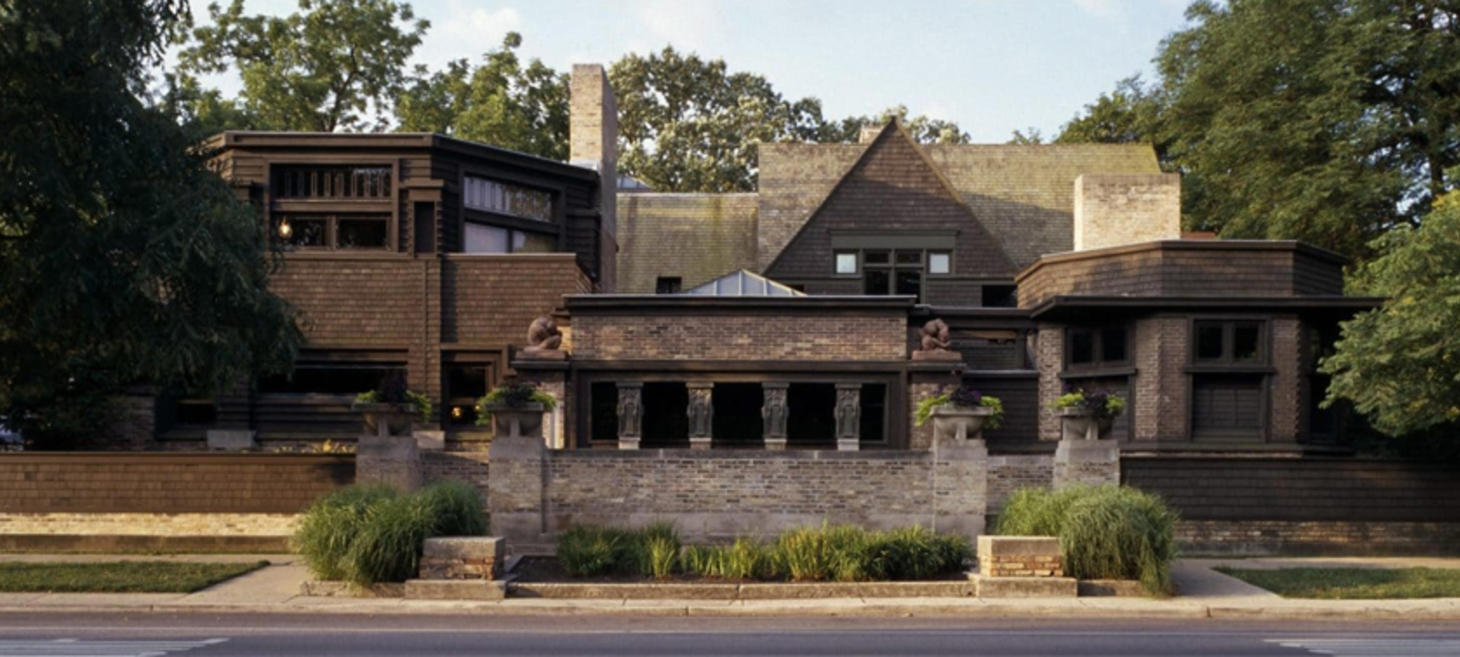
Volunteer Opportunities | Frank Lloyd Wright Trust
The Frank Lloyd Wright Trust is offering upcoming Volunteer Training classes for individuals interested in becoming Volunteer Interpreters (Docents) at historic Wright-designed sites in Chicago and Oak Park, Illinois. Volunteers share their passion for architecture and Wright's legacy with an international audience and assist with tours, special events, and educational programs.
Volunteer Opportunities include:
Volunteer Interpreters (Docents): Lead tours at iconic Wright sites, share historical and design insights, and engage visitors from around the world.
Guest Service Hosts: Welcome and orient visitors, explain tour options, and manage tour equipment (seasonal role).
Wright Plus Housewalk Volunteer: Annual event (sign-up in March for Wright Plus 2026).
Upcoming Training Sessions:
Rookery Building (Chicago Loop) – 2-Part Class
Class 1: Tuesday, Sept 9 | 6:30–8:30 PM
Class 2: Tuesday, Sept 16 | 6:30–8:30 PM Location: 209 S. LaSalle St, Chicago
Robie House (Hyde Park) – 4-Part Class
Class 1: Wednesday, Oct 22 | 6:30–8:30 PM
Class 2: Wednesday, Oct 29 | 6:30–8:30 PM
Class 3: Wednesday, Nov 5 | 6:30–8:30 PM
Class 4: Wednesday, Nov 12 | 6:30–8:30 PM Location: 5757 S. Woodlawn Ave, Chicago
Volunteer Perks include: Earned Trust membership with 48+ hours/year Access to free enrichment lectures and events Shopping discounts, social events, and group excursions Join a community of architecture and design enthusiasts
Getting Started: Training takes 4–8 weeks including self-study, observations, and practice tours. Interviews are required. Volunteers receive training materials, a fact sheet, and reading list.
Questions or interested in volunteering? Email: volunteer@flwright.org
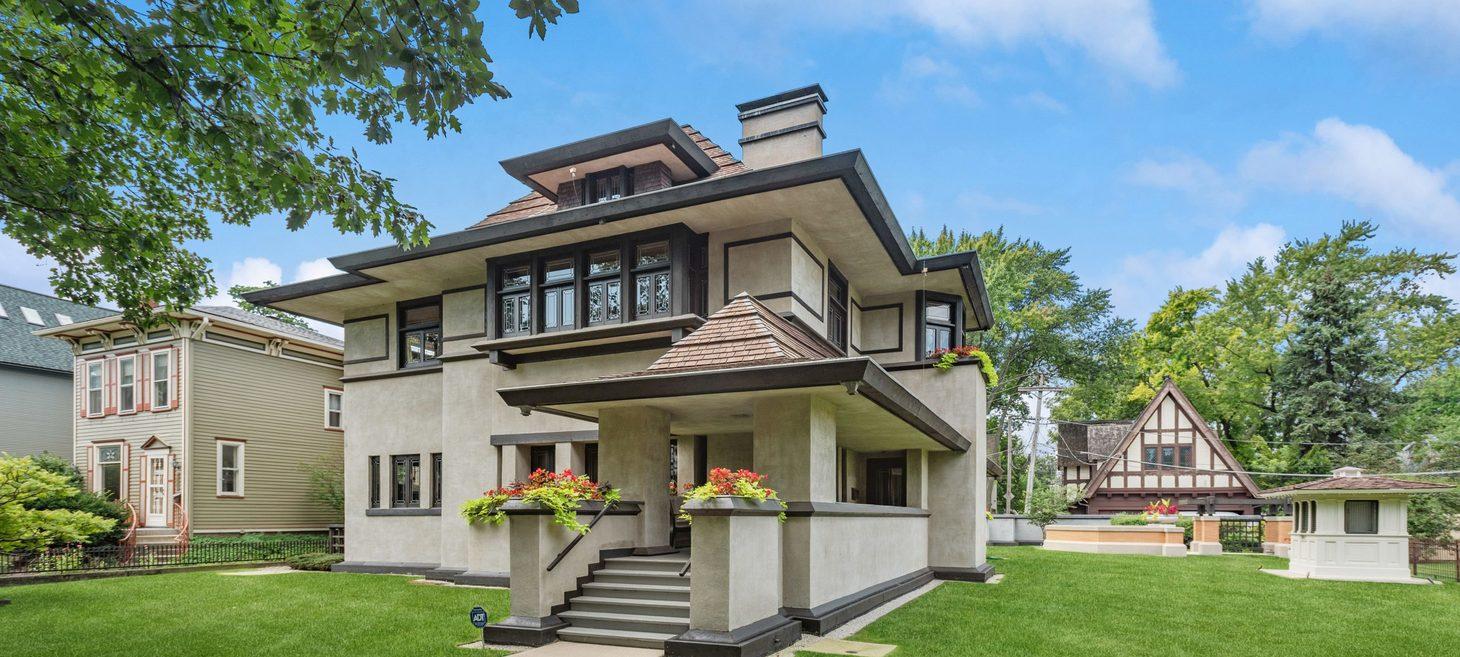
Iconic Wright Remodel Hits The Market
The Hills DeCaro House at 313 Forest Ave. in Oak Park, Illinois—one of Frank Lloyd Wright’s iconic designs—was originally built in 1883 as a Stick Style Victorian. Wright extensively remodeled the home in 1905, transforming it so completely that its original style was nearly erased. His redesign, influenced by a trip to Japan, included rotating the home 90 degrees and dramatically altering the structure.
The home was nearly destroyed in a fire in 1976, but new owners Irene and Tom DeCaro meticulously rebuilt it using Wright’s original plans. Their efforts earned the house its current name and preserved its architectural significance.
Mark and Sallie Smylie bought the home in 2001, raising their family there and taking on further restorations. They updated the kitchen and living spaces, added a garage, and even restored an 1893 Columbian Exposition ticket booth in the side yard—all while living fully in the house, not treating it as a museum piece.
Now, after 25 years, the Smylies have sold the house—receiving offers above the $2.295 million asking price—and are moving to Asheville, North Carolina, to be closer to family. Though they’re excited for the next chapter, they reflect fondly on the years spent in a home that was both livable and artistically extraordinary.
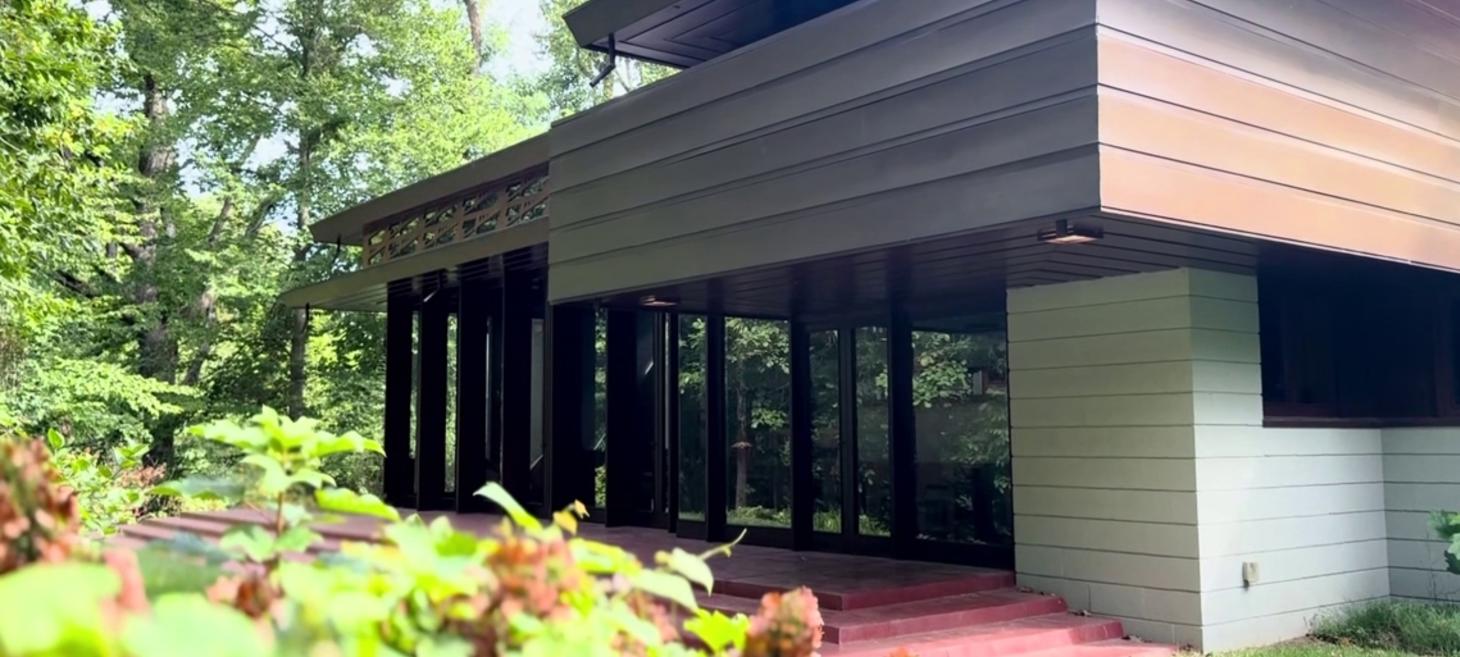
Frank Lloyd Wright Home At Crystal Bridges
The Bachman-Wilson House is a Frank Lloyd Wright–designed home that now sits on the Crystal Bridges Museum of American Art campus in Bentonville, Arkansas.
Originally built in New Jersey, the home was relocated to Bentonville after years of flooding damage from a nearby river threatened its structure. A family who purchased the home in the 1980s with hopes of restoring it eventually partnered with Crystal Bridges to move the house from Millstone, New Jersey to Bentonville, Arkansas.
"They moved it piece by piece," Josie Johnson, assistant curator of modern art at Crystal Bridges, said. "They dismantled everything, shipped it here, and put it back together again."
The home reflects Wright’s minimalist style, with many of the couches, shelving, and other furnishings built directly into the structure. Its design emphasizes shared spaces, featuring an open floor plan and a prominent family room. Wright intentionally made hallways narrow and rooms small to discourage isolation and encourage time together.
"Frank Lloyd Wright did not want you off in the bedroom by yourself. He really wanted the family together," Johnson said.
Wright, one of the most influential architects of the 20th century, is also known for designing New York’s Guggenheim Museum. While he never built a home in Arkansas, the Bachman-Wilson House has taken on special meaning in its adopted setting.
"He did not build any buildings in Arkansas," Johnson said. "It fits so perfectly into the space because he was all about nature, and this is the Natural State."
The house is open to the public during regular Crystal Bridges hours. Tickets are available at the museum’s front desk.
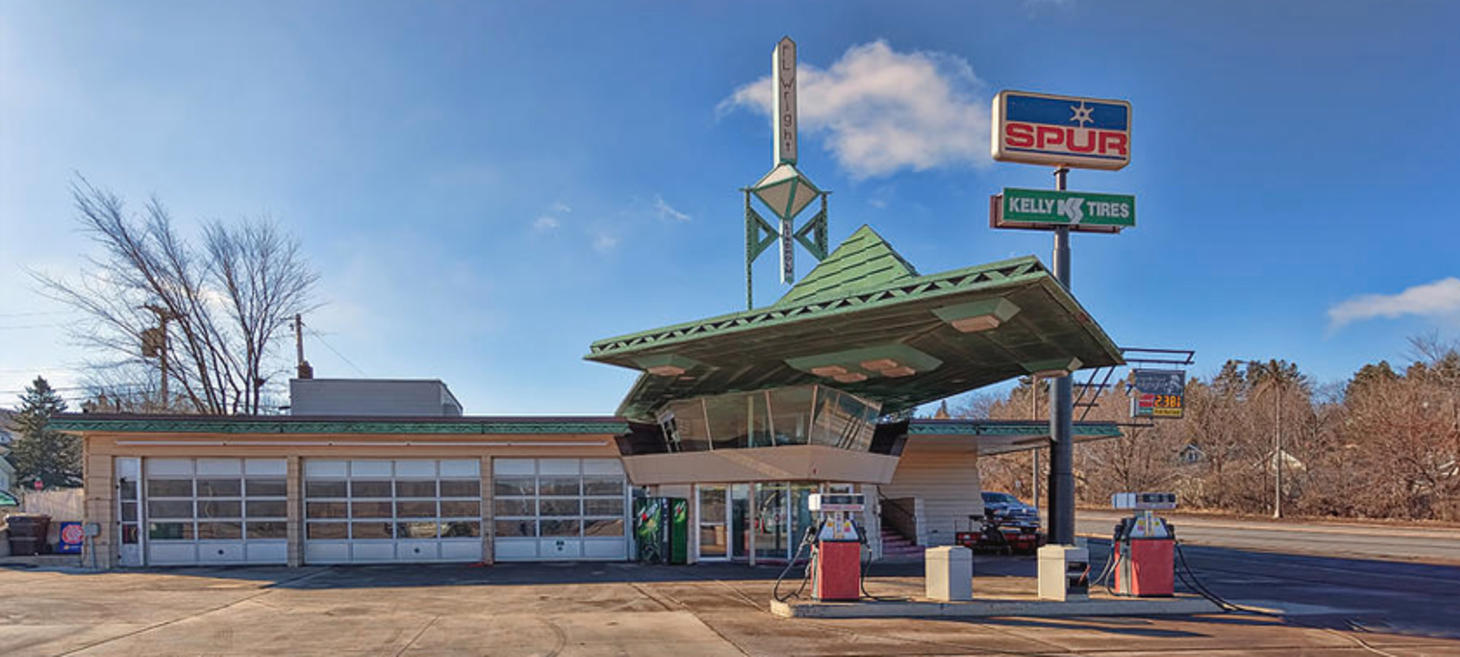
Visit The Gas Station Designed By Frank Lloyd Wright
If you're looking for a truly unique roadside stop, the Frank Lloyd Wright–designed gas station in Cloquet, Minnesota, is one for the list. Designed by the famed architect in the 1950s and opened in 1958, the R. W. Lindholm Service Station remains in operation today, making it a rare example of Wright’s architectural vision being applied to something as everyday as a filling station.
Located just off State Highway 33 near I-35, about 20 miles southwest of Duluth, the station is easy to visit for travelers heading along the North Shore or toward the Iron Range. Commissioned by oil executive Ray W. Lindholm, who had previously worked with Wright on a home design, the gas station was part of Wright’s broader dream of integrating architecture into daily American life through his “Broadacre City” concept.
The station’s most striking feature is its large, triangular, cantilevered canopy, designed to point toward the nearby St. Louis River. Above the service bays is a glass-walled observation lounge, and skylights bring natural light into the work areas below. While some of Wright’s more unconventional ideas—like suspending the fuel pumps—were ruled out for safety, the station still embodies his vision of creating beauty and community in utilitarian spaces.
Now listed on the National Register of Historic Places, the station is both a functioning business and a piece of living history. Visitors can still fuel up, get minor repairs, or even ask to view the upstairs lounge, which offers a panoramic look at the surrounding area. While it remains a working service station, it’s also a respected local landmark and a hidden gem for architecture fans and curious travelers alike.
Just remember to be considerate during your visit—keep it brief, park carefully, and enjoy this unusual blend of form and function. And if you're road-tripping through Minnesota, this is a perfect stop to pair with nearby natural sights like Jay Cooke State Park or the Duluth shoreline.
About
This weekly Wright Society update is brought to you by Eric O'Malley with Bryan and Lisa Kelly. If you enjoy these free, curated updates—please forward our sign-up page and/or share on Social Media.
If you’d like to submit content to be featured here, please reach out by emailing us at mail[at]wrightsociety.com.
